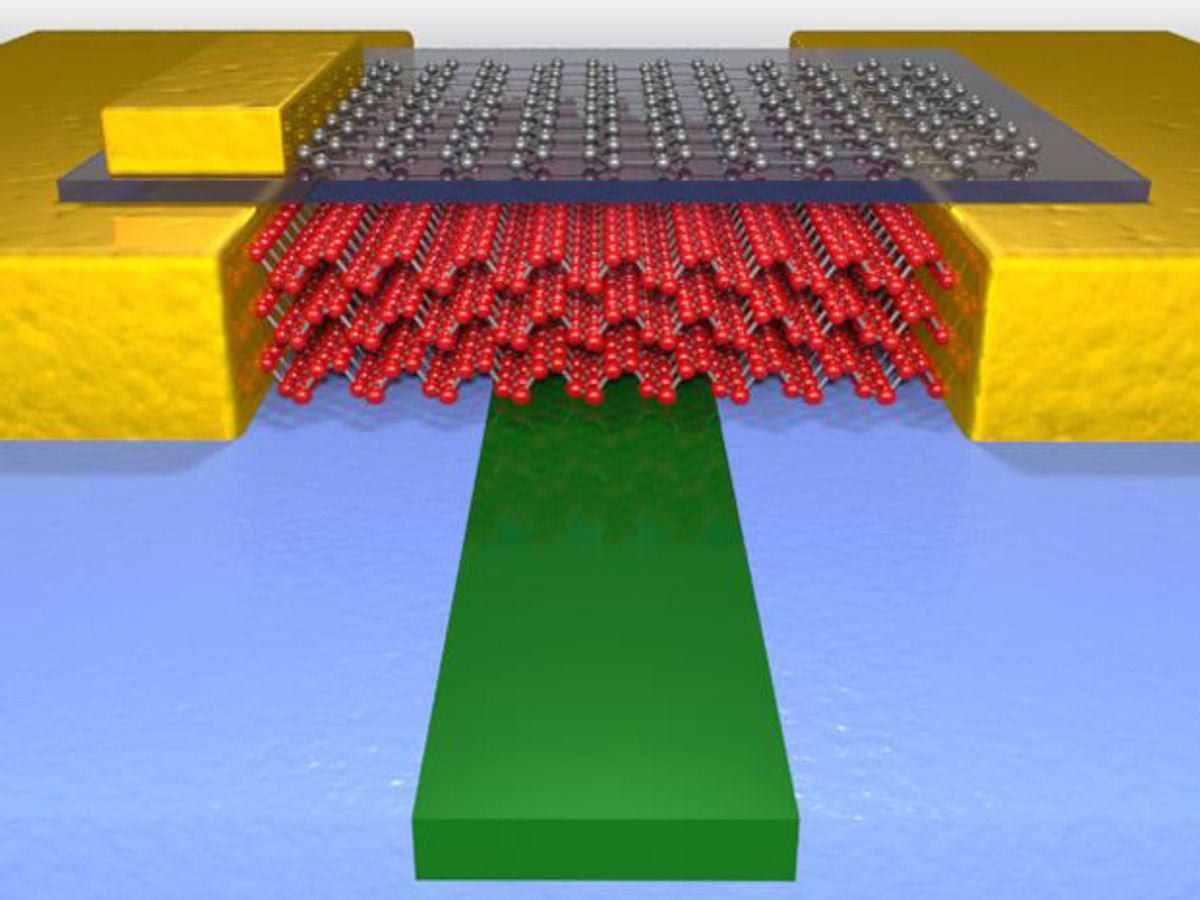The march of two-dimensional (2-D) materials continues with the 2-D version of phosphorus—known as black phosphorus—beginning to get noticed.
Like other 2-D materials, black phosporous has an inherent band gap, a major advantage over graphene. As a result, a fair amount research on black phosphorus has been applied to the development of electronic devices, such as field-effect transistors.
But now researchers at the University of Minnesota are exploiting black phosphorus’ optoelectronic capabilities to demonstrate its potential in in high-speed data communication that employs nanoscale optical circuits.
Just to rub in the idea that black phosphorus is the new “wonder material,” the researchers report that it outperforms graphene—the previous holder of that title—in improving the efficiency of these optical circuits.
"After the discovery of graphene, new two-dimensional materials continue to emerge with novel optoelectronic properties," said Professor Li, who led the research team, in a press release. "Because these materials are two-dimensional, it makes perfect sense to place them on chips with flat optical integrated circuits to allow maximal interaction with light and optimally utilize their novel properties."
In research published in the journal Nature Photonics, the research team created complex optical circuits in silicon and then put a thin film of black phosphorous flakes over the structure.
By just adding the black phosphorous over the silicon, the researchers were able to achieve the on-chip detection performance level of germanium-based optical circuits. This high-level of performance occurs because the 2-D layer of black phosphorous signficantly increases the optical circuits’ interaction with light due to its narrow but finite band gap.
While getting germanium to grow on silicon optical circuits has proven difficult, black phosphorous offers the option of being grown separately and then applied to the silicon-based circuits, or just about any other material.
The research demonstrated that the black phosphorous-based photodetectors could receive high-speed optical data sent over optical fibers. In these demonstrations, data speeds of up to three billion bits per second were employed, equivalent to downloading a typical HD movie in about 30 seconds.
"Even though we have already demonstrated high speed operation with our devices, we expect higher transfer rates through further optimization," said Nathan Youngblood, the lead author of the study, in the press release. "Since we are the first to demonstrate a high-speed photodetector using black phosphorus, more work still needs to be done to determine the theoretical limits for a fully optimized device."
Dexter Johnson is a contributing editor at IEEE Spectrum, with a focus on nanotechnology.



